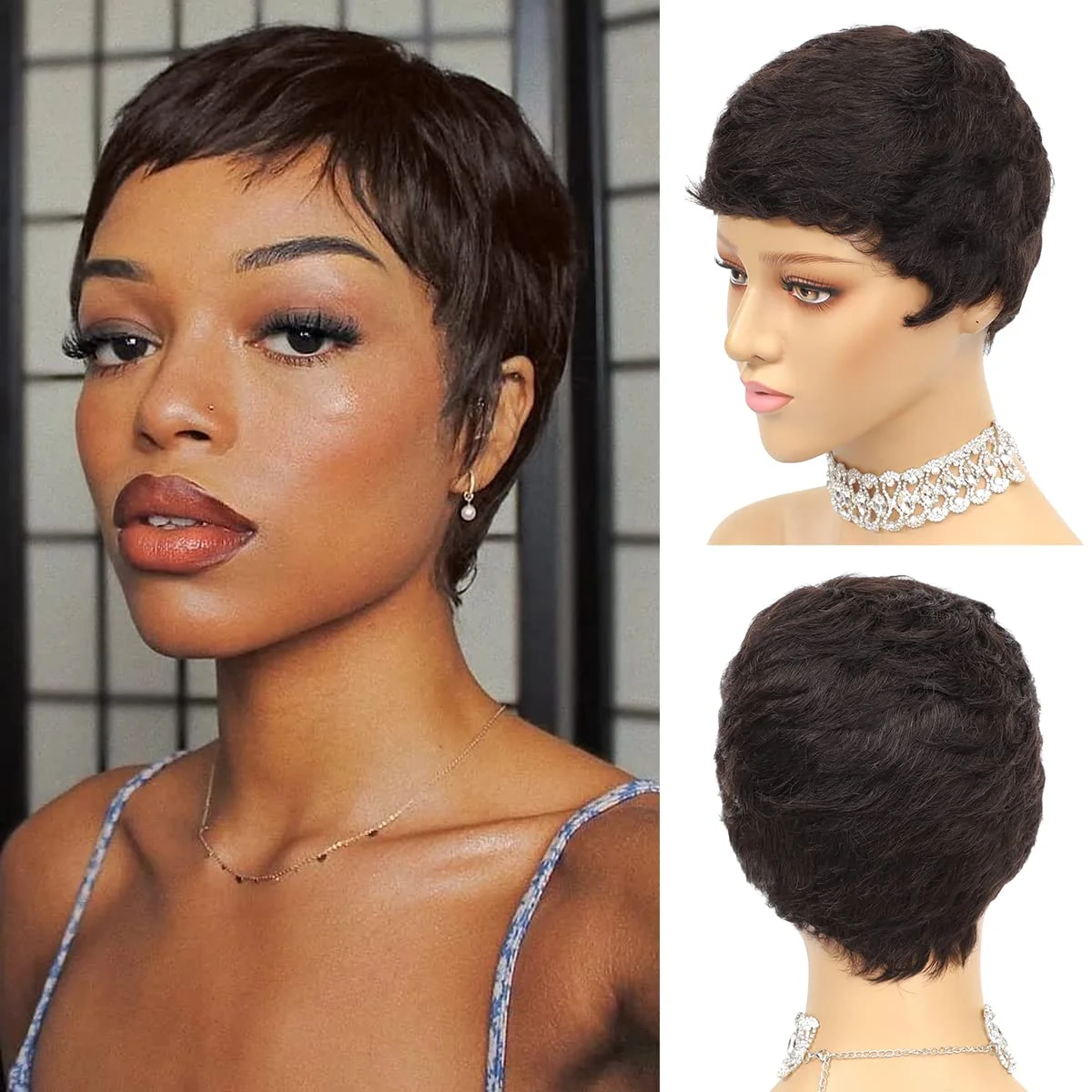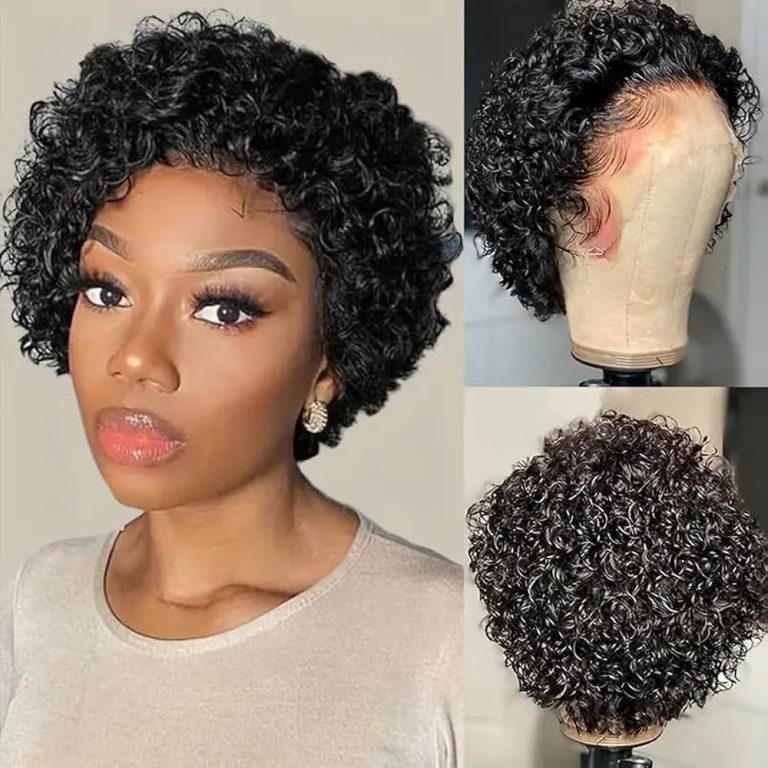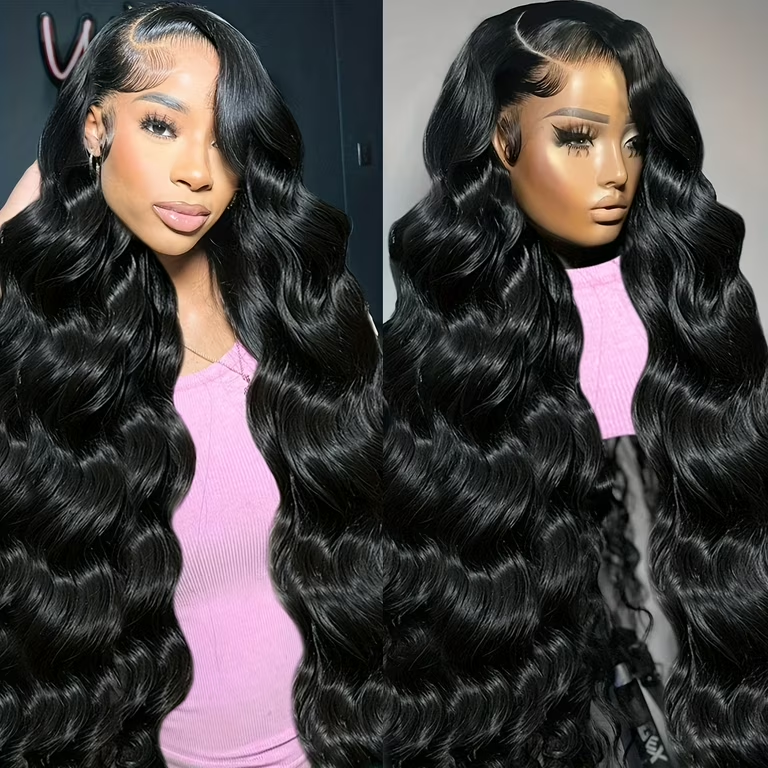
How to Dye a Synthetic Wig
How to Dye a Synthetic Wig
Dyeing a synthetic wig can be a fun and rewarding project. It allows individuals to express personal style without altering their natural hair. However, it’s important to understand that synthetic fibers differ from natural hair. Therefore, the dyeing process requires specific methods and materials. How to dye a synthetic wig?This blog outlines a simple guide for successfully dyeing a synthetic wig.
Understanding Synthetic Fibers
Before dyeing a synthetic wig, it is essential to recognize the type of fiber used. Most synthetic wigs are made from materials like Kanekalon or Toyokalon. These fibers mimic natural hair but do not absorb dye in the same way. Consequently, harsh chemical dyes that work on natural hair will not perform effectively on synthetic fibers. Instead, opting for specific dyes formulated for synthetic hair is crucial.
These dyes often contain less aggressive chemicals and still provide vibrant color options. Additionally, some dyes work better than others, so researching the best products is necessary. Reading reviews and checking community forums can provide helpful insights. Once the right dye has been chosen, it is time to prepare for the dyeing process. Gather all necessary materials for a seamless experience.

Gathering Materials
How to dye a synthetic wig?To start dyeing a synthetic wig, certain materials are essential. First, select the dye that is specifically formulated for synthetic fibers. Many brands offer a wide range of colors and shades. Next, gather items such as gloves, a spray bottle, mixing bowls, and a comb. These tools will assist in the application process and help achieve an even color.
Additionally, ensure access to a clean working space. A well-ventilated area is vital for comfort during the dyeing process. Having paper towels, plastic wrap, and a heat source like a hairdryer can also be beneficial. These items can help with cleanup and setting the dye once applied.
Organizing everything before starting makes the process smoother. An organized workspace reduces stress and allows for focus on the task. Preparing everything in advance helps ensure successful dye application.
Prepping the Wig
How to dye a synthetic wig?After gathering materials, it is time to prepare the wig for dyeing. First, wash the wig with a gentle shampoo. This step removes any product buildup and dirt, allowing the dye to adhere better. Rinse the wig thoroughly and let it dry completely.
Once dry, use a wide-tooth comb to detangle the wig gently. Avoid pulling or tugging on the fibers, as this can cause damage. Take your time to ensure that the wig is completely free of knots. A well-prepped wig allows for more even dye application.
If the wig has a natural style or curl, consider using a flat iron to straighten it temporarily. Straightening the wig can help achieve a more uniform color results.
Next, apply a protective barrier. Using petroleum jelly along the hairline helps prevent dye from staining the wig’s lace front. This step is especially important for wigs with natural-looking hairlines, as it preserves the wig’s appearance.

Applying the Dye
Once the wig is prepped, it’s time to apply the dye. Begin by mixing the dye according to the instructions on the packaging. Always wear gloves during this process to protect skin from staining. Using a spray bottle or a brush can help in applying the dye evenly.
Start by sectioning the wig into manageable parts. Working with smaller sections ensures complete coverage and reduces the likelihood of missing spots. Apply the dye generously but avoid over-saturating the fibers; this can cause dripping and uneven coloring.
After applying dye to all sections, gently comb through the wig using a wide-tooth comb. This step helps distribute the color evenly throughout the fibers.
Once the dye is applied, allow it to sit according to the instructions. This period may vary depending on the dye used. Covering the wig with plastic wrap can help maintain moisture and enhance the dyeing process.
Use a hairdryer on a low setting to amplify the heat and encourage dye absorption. This step is optional but can enhance the overall results. After the time has elapsed, rinse the wig thoroughly with cool water to remove excess dye.
Rinsing and Conditioning
After dyeing the wig, rinsing is critical. Start with cool water to help lock in color. Avoid using hot water, as it may strip the dye. Gently rinse the wig while avoiding excessive rubbing or agitation. This method helps preserve the integrity of the fibers.
After rinsing, it is vital to condition the wig. Conditioners specifically made for synthetic wigs are recommended. Applying conditioner not only helps maintain softness but also enhances the durability of the wig.
Using a wide-tooth comb, evenly distribute the conditioner through the wig. Allow the conditioner to set for a few minutes before rinsing it out with cool water. This method helps ensure that the fibers remain hydrated and manageable.
Once rinsed, gently pat the wig dry with a towel. Avoid wringing or twisting the fibers, as this can cause damage. Ensure to lay the wig flat to air-dry completely. Proper drying is essential for maintaining the shape and style of the wig.

Styling After Dyeing
After the wig has dried, styling can begin. Depending on the desired look, various hairstyles can be achieved. Use heat-styling tools cautiously, as not all synthetic wigs can withstand high temperatures.
If the goal is to restyle the wig, specific techniques can be employed. Soft curls or waves can be created using a low-heat curling iron. However, it is crucial to verify that the wig is heat-resistant.
Additionally, synthetic wigs can be styled using rollers or braids. These methods allow for beautiful curls or waves without using direct heat. Letting the wig set in rollers overnight can yield fantastic results without risking damage.
Experimentation is essential after dyeing. Individuals should feel free to try new styles and colors. However, always keep in mind the limitations of synthetic fibers when considering styles or techniques.
Maintenance plays a crucial role in preserving style. Regularly combing and conditioning the wig will also extend its lifespan. Use a spray-on conditioner designed for synthetic wigs for easier detangling.
Caring for a Dyed Synthetic Wig
Caring for a dyed synthetic wig is vital for maintaining its quality. Regular washing helps remove oils and buildup, but avoid over-washing. Depending on wear frequency, washing the wig every 10-15 wears is generally sufficient.
Always use a gentle cleanser designed specifically for synthetic hair. This specialized shampoo prevents stripping the fibers of color and moisture. After washing, follow up with conditioner to keep the fibers soft and manageable.
When not in use, store the wig properly. Laying it flat or hanging it on a wig stand protects its shape and prevents tangling. Avoid storing in direct sunlight, as UV rays can fade color.
Additionally, routine inspections for tangling or product buildup will ensure long-lasting use. If tangling occurs, use a wide-tooth comb to gently detangle from the ends to the roots.
Avoid using harsh chemicals or products not designed for synthetic wigs, as this can damage the fibers. Understanding each product’s compatibility with synthetic materials is essential for maintaining wig integrity.

Troubleshooting Common Issues
Occasionally, issues may arise after dyeing a synthetic wig. For example, dye may not take adequately, resulting in a lighter shade than desired. If this happens, consider applying a second round of dye. Ensure to follow manufacturers’ instructions closely during the application process.
Another common issue is uneven color application. If certain sections look patchy or uneven, try a touch-up with dye. Be cautious and apply dye to targeted areas, avoiding oversaturation.
Lastly, discoloration may occur over time due to exposure to heat, sunlight, or harsh products. If fading happens, consider refreshing the color using a dye specifically for synthetic fibers. Regular maintenance can prevent premature fading and ensure vibrant color for an extended period.
Above all, patience is essential when dyeing a synthetic wig. Rushing through the process can lead to unsatisfactory results. Take time to plan carefully and execute each step thoughtfully to achieve the best outcome.
Conclusion
Dyeing a synthetic wig opens fun, creative opportunities. Following a structured process can lead to beautiful, vibrant results. Understanding materials is crucial, ensuring proper dye selection will enhance the overall experience.
Preparing and gathering materials helps create an efficient workflow. Attention to detail during preparation and application will lead to a successful dye job. Appropriate aftercare and maintenance are vital for keeping the wig looking fresh.
Finally, troubleshooting common issues ensures continued satisfaction with the dyed wig. Engaging with the community and seeking advice can provide invaluable tips and encouragement.
With dedication and care, a synthetic wig can transform into a vibrant, personal expression of style. Whether opting for subtle changes or bold transformations, success is achievable. Embrace the creativity and enjoy the process of wig dyeing!

